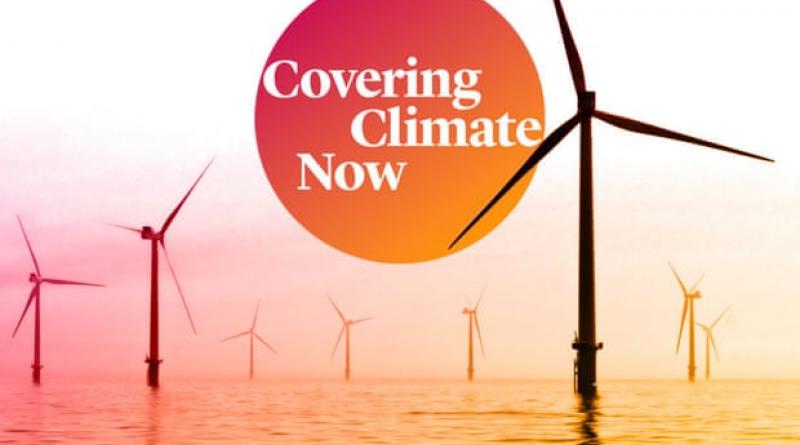The Guardian joins forces with hundreds of newsrooms to promote climate solutions.

As the 50th anniversary of Earth Day approaches, we’re partnering with newsrooms around the world to report on solutions to the climate crisis – and drive hope.
Even as the coronavirus pandemic terrorizes the world, there’s another global emergency the media can’t afford to stop covering.
Fifty years ago this week, the environmental movement staged the first Earth Day demonstration to call attention to environmental degradation and demand reform. In the half century since, climate change has emerged as an existential global threat.
But there are still reasons to be hopeful – and this week, the Guardian is joining forces with hundreds of newsrooms around the world to focus attention on creative solutions to the climate emergency, from electric cars to fighting plastic waste to using psychedelic drugs. (Michael Pollan will weigh in.) We’ll also explore lessons from the coronavirus pandemic – and whether the economic crash could create opportunities to rebuild a greener economy.
The Guardian is the lead partner in Covering Climate Now, an initiative founded last year by Columbia Journalism Review and the Nation to address the urgent need for stronger climate coverage. More than 400 newsrooms from around the world – with a combined audience nearing 2 billion people – have signed on.
In the coming days, the Covering Climate Now partners will collectively publish hundreds of stories on climate solutions to create a groundswell of hope at a moment when the world feels bleak. Throughout the week, we’ll be sharing Guardian content with CCN partners for republishing, so that even outlets without dedicated environmental reporters can inform their audiences of the dangers of the climate crisis and opportunities for change. Covering Climate Now has provided financial support for some of our climate reporting this week.
The Covering Climate Now network represents every corner of the media, from wire services like Reuters and AFP to newspapers like the Times of India and the Christian Science Monitor, and dozens of local and special-interest outlets, across all mediums, from across the US and world.
The Guardian has long made climate coverage a top news priority, keeping the story on its front page daily. This year, the Guardian announced it would no longer accept advertising from oil and gas companies, becoming the first major global news organization to institute an outright ban on taking money from companies that extract fossil fuels. Last year, the Guardian updated its style guide to introduce new terms that more accurately describe the environmental crises facing the world. The Guardian now favors the terms “climate crisis” and “climate emergency” over “climate change”.
The Guardian last year also began putting global CO2 levels in the daily weather forecast in its print publication.
Covering Climate Now was launched to address a glaring failure by the media to meet the urgency of the climate emergency. Kyle Pope, CCN co-founder and publisher of the Columbia Journalism Review, writes that in 2018, “broadcast news outlets gave more airtime to the royal baby than to the warming earth”.
In 2019, that started to change. “The climate story seemed to be moving from slow to fast, as the effects of the crisis were becoming impossible for even the most stubborn newsrooms to ignore,” Pope writes. “Floods in Venice and droughts in India were ready-made for the evening news. Devastating fires in California and Australia led news broadcasts around the world. Mass protests and their student leaders adorned magazine covers.”
While the project began in the US, Covering Climate Now has quickly gained traction globally and now includes dozens of international news organizations and coverage in multiple languages. If you represent a newsroom interested in joining the initiative, reach out to Covering Climate Now here.
19 April 2020
The Guardian




